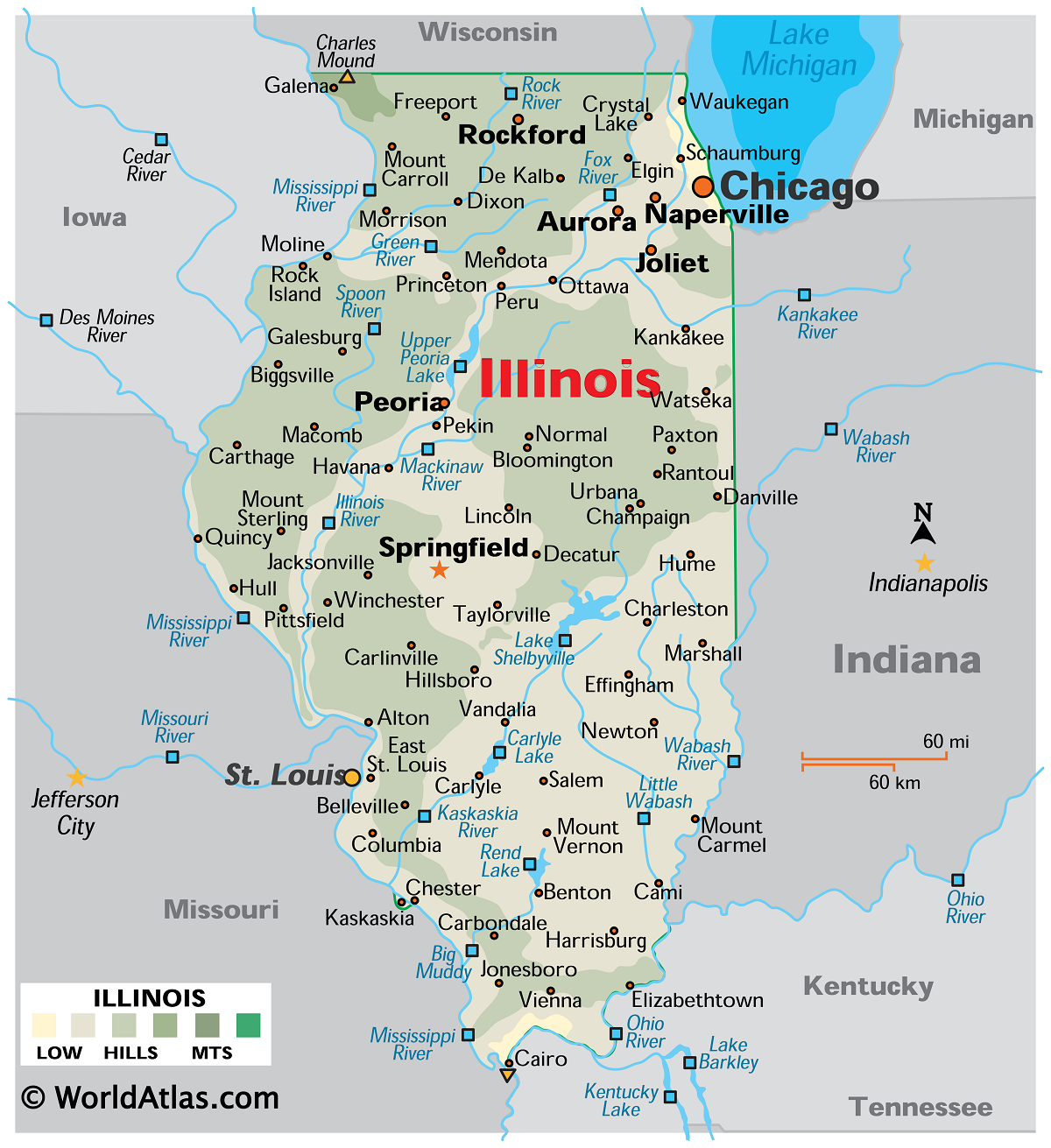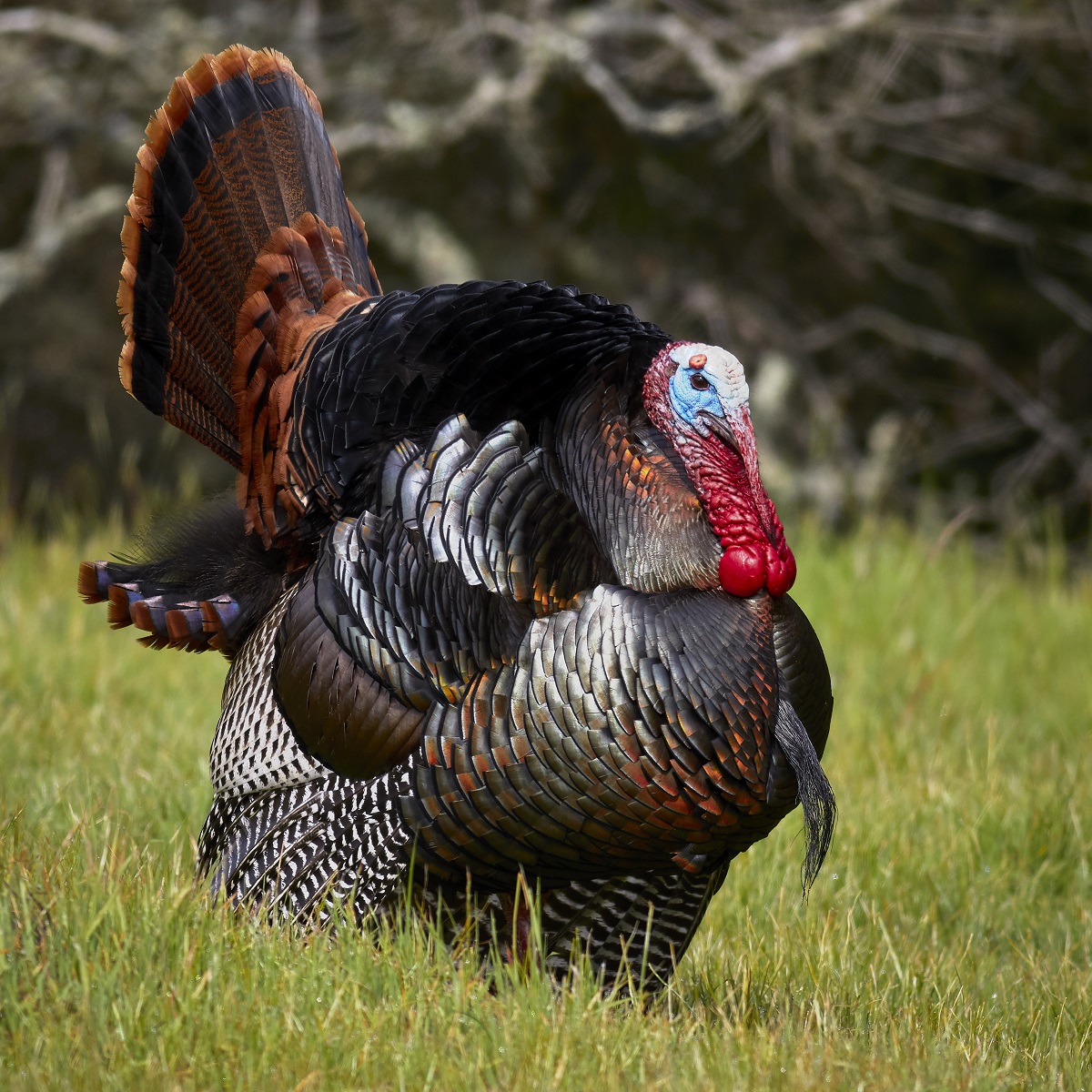Celebrating Illinois Statehood Day
- Details

On Dec. 3, 1818, Illinois became the 21st state to join the Union. This followed Illinois’ status as a territory since 1809, which represented a much larger border including Wisconsin and parts of Minnesota and Michigan.
The capital in 1818 was Kaskaskia, and in 1819 became Vandalia. At the time Illinois became a state the population was 34,620 residents. Most of the land in Illinois was largely unsettled. Many Native American tribes were pushed off their land and conflicted with colonists following Illinois’ statehood. The state’s first elected governor was Shadrach Bond, who ran without opposition. While Illinois joined as a free state, slavers were grandfathered in and were allowed to keep their slaves. Slavery was eliminated gradually, though anti-Black laws and other forms of segregation and institutionalized racism persisted.
Illinois is the fifth largest economy, sixth largest state by population and 25th by land area. The state’s area is near that of England or Nepal. Illinois matches Turkey by economy, making it equivalent to the 16th largest economy on Earth when measured by nominal GDP. The state topped national economic development rankings in 2024.
Women’s Pro Baseball returns to Illinois in 2026
- Details

Exciting news for baseball fans in Illinois and across the country! The Women’s Professional Baseball League plans to play its inaugural season in Springfield. Four teams from major cities across the U.S. – New York, San Francisco, Los Angeles and Boston – will be playing their 2026 season at Springfield’s very own Robin Roberts Stadium.
Illinois has played a central role in women’s baseball since the sport’s earliest days. Springfield’s connection goes back 150 years. In 1875, two women’s baseball clubs, the Blondes and the Brunettes, played a ticketed game, becoming one of the first women’s baseball events to have paying customers where players were paid.
Lincoln’s first turkey pardoning
- Details

Did you know Abraham Lincoln was the first president in U.S. history to pardon a turkey? The first instance of a president pardoning a turkey dates back to the Civil War.
As the story goes, Lincoln’s son, Tad, had become fond of a turkey named Jack. When presented with Jack for the family feast on Christmas, Tad adopted the bird as a pet. He exclaimed that he could not bear to see the animal killed – so President Lincoln submitted to his son’s request, created a reprieve for the turkey in writing, and gave it to Tad.
Artists of the Month – Gary Sinise, Jeff Perry, and Terry Kinney
- Details

Gary Sinise, Jeff Perry, and Terry Kinney are three prominent figures whose careers have left a significant mark on both the entertainment industry and the state of Illinois. Each of these actors has not only achieved success in their respective fields but has also maintained a deep connection to their roots in the state.
Gary Sinise, best known for his portrayal of Lieutenant Dan Taylor in Forrest Gump, was born in Blue Island, Illinois, and has long been a proud advocate for the state. Beyond his film career, Sinise is known for his charitable work, particularly through the Gary Sinise Foundation, which supports veterans and first responders. His contributions to Illinois' cultural and social landscape are significant, and his work to give back has earned him widespread respect.



